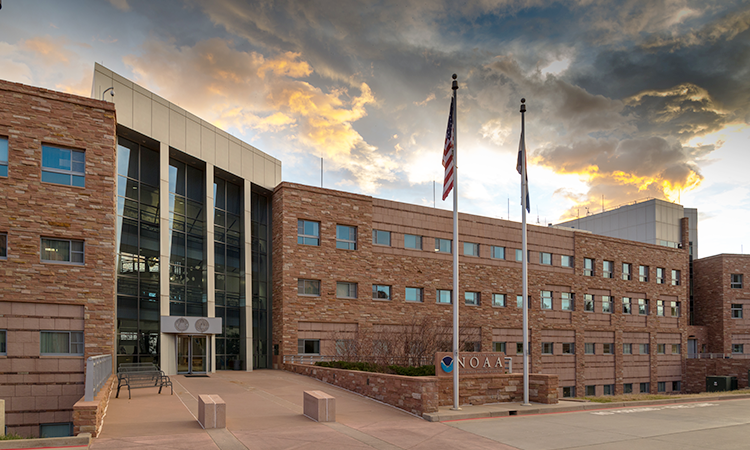Seminar
Desert dust in the western US; the role of human disturbance on dust storms and aerosol loads in the rural West

Jason Neff, Geological Sciences & Environmental Studies, CU Boulder
Wednesday, April 6, 2011, 3:30 pm Mountain Time
DSRC 2A305
Abstract
Dust storms have become a regular spring event in Colorado. Over the past three years, multiple dust events have occurred on the Western Slope of Colorado with occasional dust events reaching the Front Range. The origin, causes, and frequency of these events is not very well understood but anecdotal and media reports suggest an increasing frequency of desert dust events in the state. These events have implications that range from air quality to affects on snowmelt and the timing of spring runoff.
In this talk, I will review evidence for changes in desert dust deposition to the Rocky Mountains over the past few thousand years with a specific focus on the 20th century. Dust deposition histories from the San Juan Mountains of Colorado and the Wind River Range of Wyoming show a clear, but complex, role of human activity in dust deposition. I will also present several lines of evidence that link recent dust storms to areas of the Colorado Plateau and Sonoran Deserts and review what we know about the causes of dust production in these areas. Finally, I will present data from a new, small network of total suspended particulate samplers deployed in Utah and Colorado. The data from this network indicate that many of the particles present in dust storms are larger than 10 microns in diameter and therefore currently not detected in existing aerosol monitoring networks. These large particles appear to travel tens to hundreds of kilometers and can impact visibility and air quality, particularly in rural locations.
ALL Seminar attendees agree not to cite, quote, copy, or distribute material presented without the explicit written consent of the seminar presenter. Any opinions expressed in this seminar are those of the speaker alone and do not necessarily reflect the opinions of NOAA or CSL.